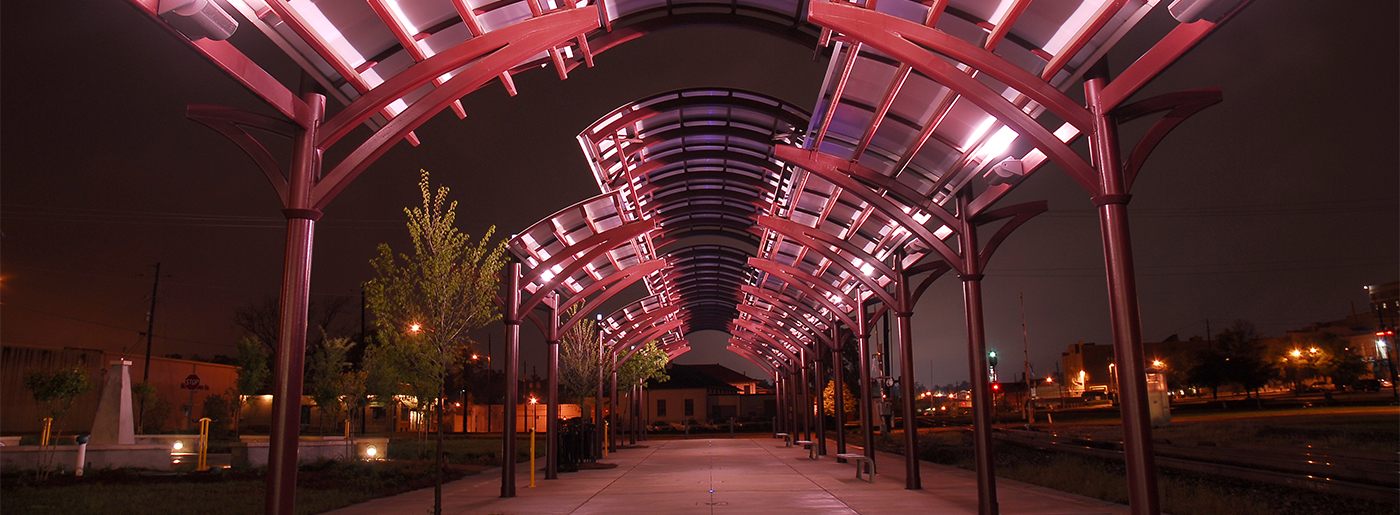







On January 22, 1964 – sixty years ago today – Hattiesburg, Mississippi, became a symbol of resilience, courage, and the pursuit of justice. Freedom Day stands as a testament to the spirit of those who fought for civil rights.
On Freedom Day, citizens united in a courageous act of defiance against racial injustice, setting the stage for a movement that would span across the nation and ultimately result in the 1965 Voters Rights Act.

Fannie Lou Hamer picketing on Freedom Day, 1964, in Hattiesburg, Miss.
Image Credit: Matt Herron
WHY FREEDOM DAY HAPPENED
In 1964, Hattiesburg, Mississippi, had a population of 35,000, with 7,500 of those people being eligible Black voters. Only 25 eligible Black voters were registered to vote.— one-tenth of 1% of the population.
Building on the success of smaller voting drives in the community, civil rights leaders and the Student Nonviolent Coordinating Committee (SNCC) called for a Freedom Day in Hattiesburg.
Modeled after the protests in Selma, Freedom Day was intended to be a major mobilization of potential voters, local activists & students, and SNCC leadership. Working with the Commission on Religion and Race (CORR) of the National Council of Churches, SNCC asked northern ministers to participate. The hope was that the mostly white clergy would draw national media attention and that their presence would both prevent police repression and pressure the federal government to enforce legal rulings to stop people in power from blocking Black voting rights.

Unidentified demonstrators in the rain on Jan. 22, 1964, in Hattiesburg, Miss.
Image Credit: Zinn Education Project
WHAT WAS FREEDOM DAY
Inspired by speeches given the night before Freedom Day, approximately two hundred people from all over the South braved the rain to demonstrate at the Forrest County Courthouse. The police ordered the picketers to disband, but they refused. By the time the courthouse closed that day, seventy-five Black Americans had stood in line all day to register to vote but only twelve had been allowed inside.
Although two arrests were made during Freedom Day, it was widely considered a peaceful demonstration and led to a perpetual picket line that continued in front of the courthouse throughout the spring. These protesters were supported by volunteers from across the nation, including 50 pastors from the National Council of Churches.
Sixty years later, Freedom Day remains relevant as a call to action. It reminds us that the fight for civil rights is an ongoing journey, and each generation must uphold the principles of justice and equality.
As we commemorate the 60th anniversary of Freedom Day, let us celebrate the victories achieved while acknowledging the work left to be done. It is a day to honor the resilience of those who came before us and to inspire future generations to continue the march toward justice. In Hattiesburg, MS, Freedom Day is not just a date on the calendar; it is a living legacy that challenges us to uphold the values of freedom, equality, and justice for all.

Freedom Day, January 22, 1964, Hattiesburg, Miss., in front of the Sears Roebuck. Participants include: Howard Zinn, third from left; John Lewis, arms crossed, sixth from left; Bob Moses, immediate left of street sign; and James Forman, immediate right of street sign.
Image Credit: Zinn Education Project
Learn more about Hattiesburg’s place in the Civil Rights Movement at HBURGFreedomTrail.org, specifically Mrs. Daisy Harris Wade shares about her family’s experience with the perpetual picket line in this oral history.
308 Newman St. · Hattiesburg, MS 39401 | P.O. Box 1103 · Hattiesburg, MS 39403 | 601.296.7475
©2024 Visit Hattiesburg. All Rights Reserved.